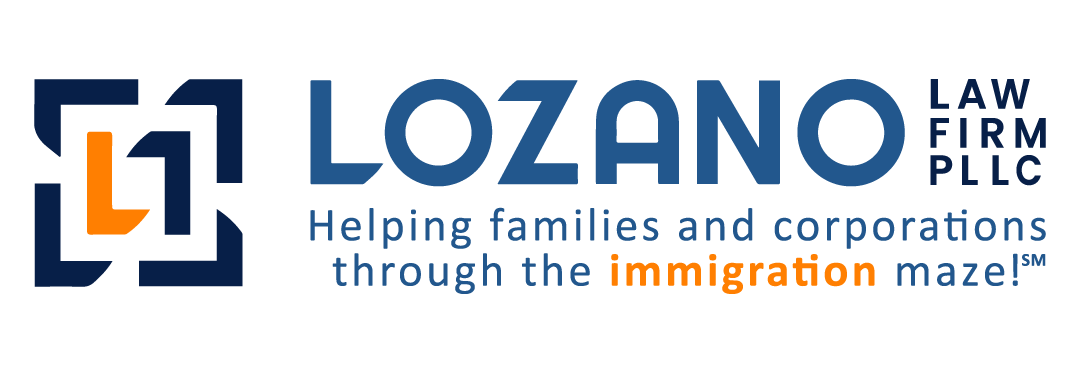Highlights:
The EB-5 Immigrant Investor Program offers two paths to permanent residency: direct investment or investment through a USCIS-approved Regional Center. Direct investors must manage a business and create 10 full-time jobs directly. Regional Center investors can take a passive role and count indirect job creation, making it easier to meet EB-5 requirements. While both routes are viable, Regional Centers often offer lower risk, reduced administrative burden, and stronger chances of approval, especially when paired with experienced legal guidance.
When exploring the EB-5 Immigrant Investor Program, one of the first decisions you’ll face is choosing how to invest. You can do so directly into a business you manage yourself, or passively through a USCIS-designated Regional Center. Both paths can lead to the same goal, a U.S. Green Card for you and your family, but the journey to get there is very different.
In this article, we’ll focus on the advantages of Regional Centers and explain why they’ve become the preferred route for many investors. While direct investment offers more control, Regional Centers provide structure, flexibility, and a significantly lower administrative burden. Understanding this difference is key to making a confident, informed decision.

What Direct EB-5 Investment Really Requires
With a direct investment, you’re becoming an active business owner. That means setting up a new commercial enterprise (NCE), hiring employees, managing operations, and maintaining compliance with U.S. immigration and labor laws.
To qualify, the business must directly create at least ten full-time jobs for U.S. workers within two years of the investment. These must be permanent, W-2 positions. Contractors or part-time staff don’t count.
That’s a high bar for any entrepreneur, especially if you’re not familiar with the American regulatory or employment landscape. You’ll be responsible for documenting every part of your business’s growth and performance to prove job creation to USCIS. While direct investment offers full control and the potential for higher profits, it also introduces significant legal, financial, and operational risks.
For many investors, those risks are too steep. That’s why some would consider Regional Centers as a more suitable alternative.
What EB-5 Regional Centers Offer
EB-5 Regional Centers are organizations designated by USCIS to sponsor EB-5 investment projects. They pool funds from multiple investors to finance larger-scale developments, often in sectors like real estate, infrastructure, or renewable energy.
Unlike direct investment, you won’t be managing a business. Instead, you’ll be a passive investor, typically a limited partner, while the Regional Center handles day-to-day operations, compliance, and job creation tracking.
That shift from active to passive participation is more than a convenience. It changes how job creation is calculated under the EB-5 program, and it’s one of the biggest advantages of this model.
Indirect & Induced Job Creation: A Key Advantage
With direct investment, job creation must be literal: ten full-time employees on your business’s payroll. But investments made through a Regional Center benefit from economic modeling that includes indirect and induced jobs.
- Indirect jobs result from the project’s supply chain, like construction companies, equipment vendors, or service providers supporting the enterprise.
- Induced jobs are generated when new employees and contractors spend their income in the local economy, on housing, groceries, or services.
This broader definition gives Regional Center projects a significant head start in meeting EB-5 requirements. Large developments typically generate hundreds of qualifying jobs, which provides more security for each individual investor’s petition. For those seeking a smoother path to a Green Card, this flexibility can be a deciding factor.
The Ease Of Passive Investment
Regional Centers also remove the pressure of daily business management. As a passive investor, you’re not expected to run operations, make hiring decisions, or respond to compliance audits on your own. Instead, those responsibilities fall to the professional team managing the project.
This opens up practical benefits. You don’t have to live near your investment. You can continue running other businesses or maintain your career elsewhere. You can also avoid the complexities of U.S. business licensing, payroll, tax filings, and labor law, things that often create stress for direct investors.
In other words, Regional Centers allow you to focus on your immigration journey, rather than getting bogged down in unfamiliar operational details.
Lower Investment Thresholds Through TEA Designations
Most Regional Centers focus on projects located in Targeted Employment Areas (TEAs). These are either rural regions or places where unemployment is at least 150 percent above the national average. TEA projects are a cornerstone of the EB-5 program’s mission to stimulate economic growth where it’s needed most.
From an investor’s standpoint, TEAs offer a major financial benefit: a lower investment threshold. While the standard EB-5 investment is $1,050,000, TEA investments qualify at just $800,000. This makes the program more accessible without compromising the potential for job creation or USCIS approval.
Regional Centers often pre-select projects in certified TEAs and maintain up-to-date documentation to prove eligibility. This streamlines the process and reduces the risk of delays or denials due to unclear project status.
Project Vetting, Due Diligence & Risk Mitigation
Regional Centers are not just project managers; they are gatekeepers. Before offering a project to investors, they typically conduct detailed financial and legal due diligence, reviewing:
- Business plans and development timelines.
- Economic impact studies.
- Job creation estimates.
- Financial projections and funding structures.
This professional screening process helps reduce the risk of choosing a weak or non-compliant project. It also ensures that key documentation is in place for USCIS review. While every investment carries some risk (as required by law), Regional Centers provide a structured approach that helps investors make more informed decisions.
You’ll still want to perform independent due diligence and consult legal and financial advisors, but the added oversight is a reassuring advantage.
Simplifying The Application Process
Another reason investors favor Regional Centers is the simplified application process. Much of the heavy lifting, especially when it comes to job tracking and compliance, is managed by the Regional Center.
This means fewer reporting responsibilities fall on your shoulders. You don’t need to prepare employment records, payroll logs, or business performance reports. The project team provides the data and necessary documentation to support your petition, helping reduce mistakes and avoid USCIS delays.
For many investors, this alone justifies the choice. A well-organized, compliant Regional Center can transform a stressful legal process into a manageable, structured immigration pathway.
Are There Drawbacks To Consider?

Administrative and management fees are common, and these can reduce overall returns. You’ll also give up decision-making power over how to run the business. If you prefer to be actively involved or want more control over your investment, the passive model may not align with your goals.
Additionally, not all Regional Centers are equal. Some lack strong leadership, transparency, or compliance records. Choosing the wrong Center, or the wrong project, can result in costly delays or a denied petition. That’s why careful vetting and experienced legal guidance are essential.
A Strategic Approach To Success
At Lozano Law Firm, we’ve helped investors from around the world pursue Green Cards through both direct and Regional Center investment models. What we’ve learned is that the EB-5 process is not just about paperwork; it’s about strategy, risk management, and trust.
We work with each client to assess their priorities, confirm project eligibility, and ensure that all documentation complies with USCIS requirements. If you’re considering a Regional Center investment, we can review offering documents, verify TEA status, and identify red flags before you commit. We stay engaged from your initial petition to final approval.
Immigration through investment isn’t just a financial decision. It’s a life decision. You deserve a legal team that understands both the regulations and the real stakes involved. Schedule a Free Case Evaluation with our team today. Let’s take this journey together, with clarity, strategy, and confidence.

 Thank you for contacting us. Please complete this form and one of our team members will be in touch with you soon.
Thank you for contacting us. Please complete this form and one of our team members will be in touch with you soon.